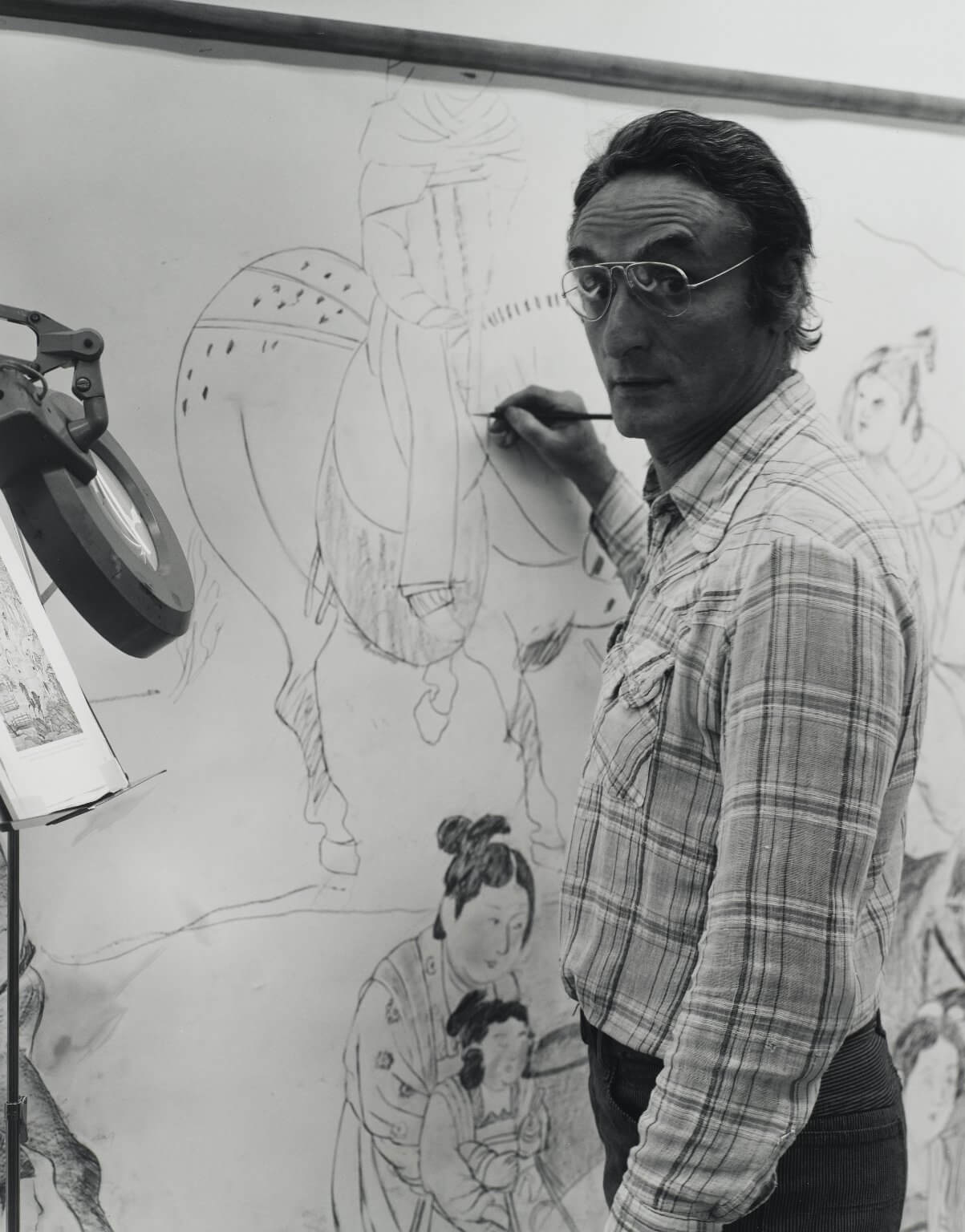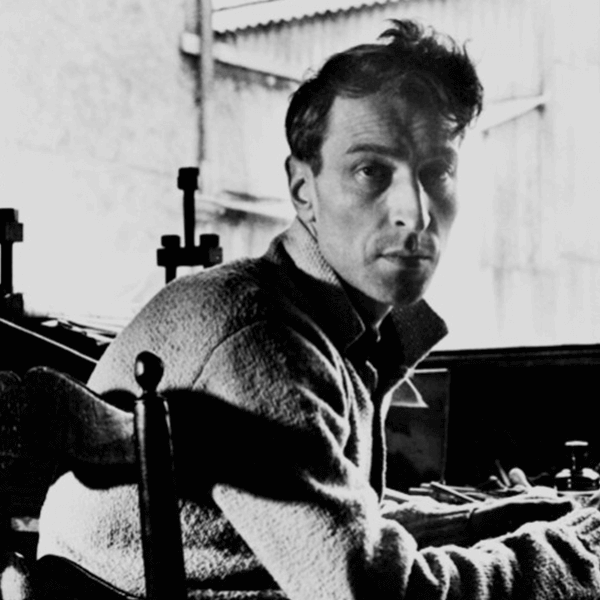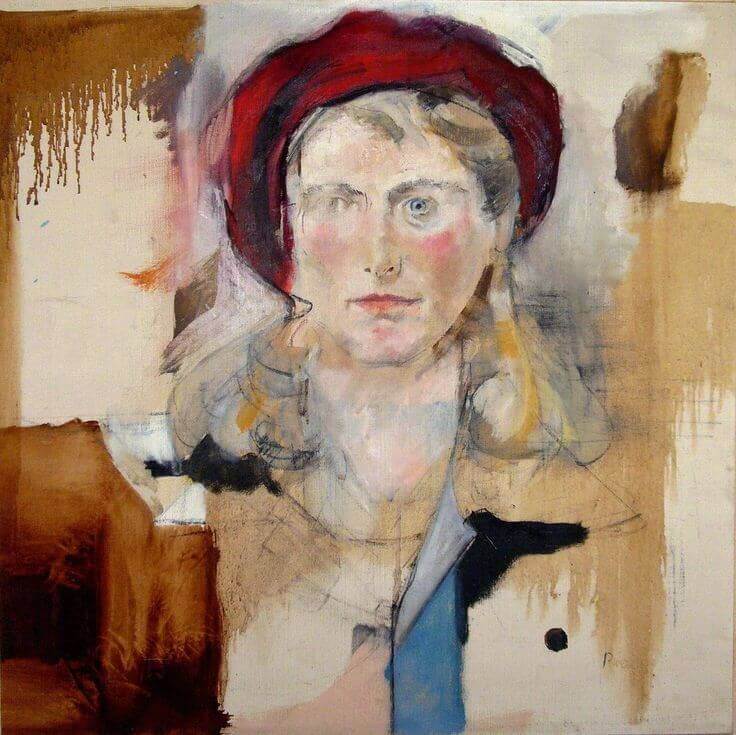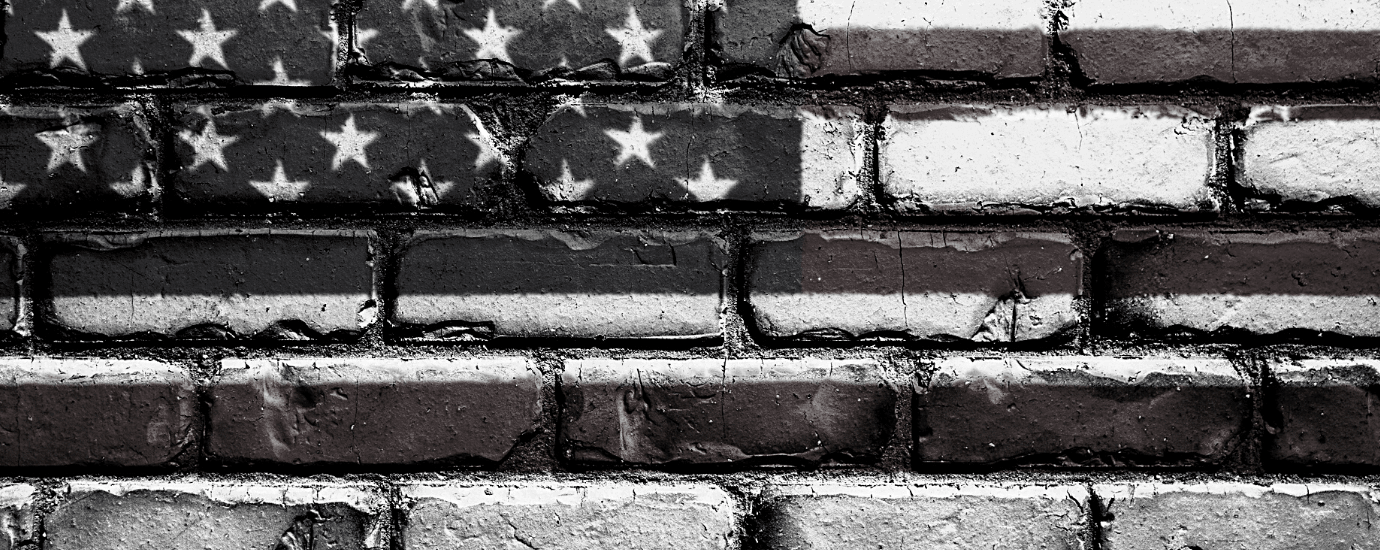Rivers multi-sided
Lethal, the summer of 2002 saw the artists Niki de Saint Phalle, Yvaral, Erik Dietman or Jiri Kolár pass away one after one.
The law of series will end in August of that year, when, at the dawn of his 79 years, Larry Rivers closed his eyes for the last time on a world he helped to change.
Actor, director, writer, artist and even jazzman in his early career, Yitzrocj Loiza Grossbery, his real name, was born in 1923 in the Bronx from Jewish parents from Ukraine.
Versatile, curious, polyvalent and singular, he remained behind the main currents, developing his work between abstract expressionism, new realism and, without knowing it, Pop art.

Man of many lives, Larry Rivers, who changed his name in 1940 after his first jazz band Larry Rivers and the Mudcats, studied first at the Juilliard School of Music (New York).
It is within these walls that many future figures emerge and that he became friends with Miles Davis, pioneer and American jazz superstar.
Remained close until the death of the trumpeter in 1991, Larry Rivers yet quickly give up the notes and melodies to the canvases and brushes at the end of his studies based on the education of Arts at New York University.
Freshly out of school benches, this former disciple of Hans Hofmann and William Baziotes see his career take off quickly.
His numerous Atlantic crossings between New York and Paris, as well as his tour of exhibitions in Italy and England, enable him to meet the sovereigns of Abstract Expressionism as Pollock, De Kooning and Frankenthaler.
He also builds relationships with the poets John Ashbery and especially Frank O'Hara.
From this relationship will emerge a large portrait, naked but with shoes, which is an ode to friendship and homosexuality.
In 1949, for the first Larry Rivers exhibition at the Jane Street Gallery in New York, O'Hara says "Rivers came in as a mad phone. No one knows whether to put it in the library, the kitchen or in the bathroom, but it's electric."
And eclectic, close to the Beat Generation of Jack Kerouac, he also plays in cinema the role of Milo in Pull My Daisy.

His personality makes him pop art
The pictorial style of Larry Rivers is almost indefinable.
It sails between new realism, figurative art and abstract expressionism.
Fuzzy, intangible and softened, most of his paintings are large misty fields where we can distinguish figures with thin and dark features.
As Paul Cézanne, Larry Rivers does not hesitate to leave blank spaces on his paintings to draw attention to the painted areas.
In his new realism side, Larry Rivers was highlighted by integrating senseless and ambiguous elements like in Double portrait of Birdie (1955).
"In addition to his unique painting style, it’s his personality that makes him Pop Art". In these words, Andy Warhol devotes Larry Rivers as the grandfather of Pop art.
His painting is sometimes ironical as shown in his artworks The Burial (1951) or I Like Olympia in Black Face (1970).
He is one of the first to paint everyday objects in a non-conventional and non-narrative context.
Confederate Soldier (1970) is, in this sense, his work that is the most Pop art.
This piece of art combines printing and painting techniques to represent a fallen soldier with several flags and military elements floating above him.
He gets some of its inspiration from the iconography of magazines and advertising posters and he created with this style famous artworks such as Last Civil War Veteran (1953) or Dutch Masters and Cigars (1963).
In the 1990s, the work of Larry Rivers took place in many important exhibitions like "Public & Private" in the United States, "Pop Art" at the Royal Academy of Arts in London or "American Realism and Figurative Art" in Japan.
Eclecticism and versatility that characterize this artist completely as elusive than talented, brilliant forerunner and inspiration for plethora of talented painters, who yet never forgot his first love:
"To contemplate a piece of art or to create it, make love, even ... I knew no emotion never would equal one that came over to me when I was playing music."

Thierry Vieux, embossing, acrylic and varnish
Resolutely inspired by the Pop art of Warhol, Thierry Vieux admits to dive into the artworks of Jim Dine and Larry Rivers with the same gluttony.
Put into painting at a young age by a father artist painter, he became friend with a Brazilian professor who invited him to his first exhibition in São Paulo.
Left for 3 months, he finally stayed 8 years in the country of Cristo Redentor where he became the official portrait painter of the Brazilian bourgeoisie.
Back in France, he uses the embossing technique of the old ads (highlighting) of film and concert posters from the 70s to 90.
Once the preliminary work is done, he then turns his painting characters into shades of gray and black acrylic and finishes his artworks with tinged and shiny coats of varnish.
His small sizes are framed by a Plexiglas window to sublimate it all.
















